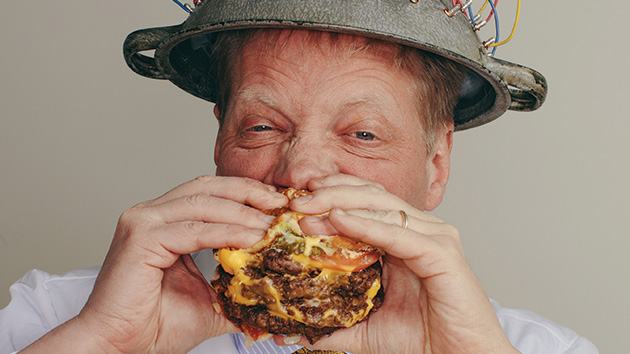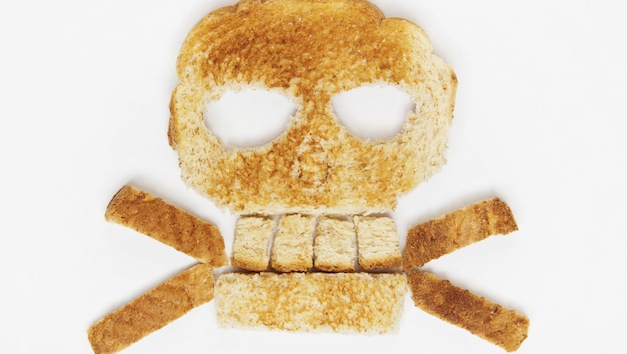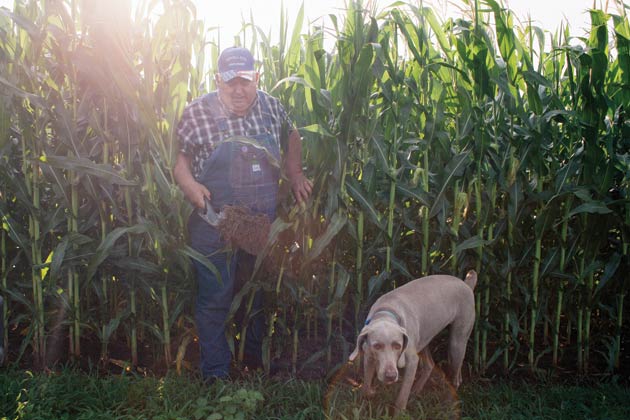
Photo by Tristan Spinski
Update, March 3, 2017: A group of researchers who reviewed several of Wansink’s studies and his writing alleged data inconsistencies and instances of self-plagiarism. We’re following the story here.
Willpower not your strong suit? No problem, says Cornell food psychologist Brian Wansink. His research suggests that by making a few simple tweaks to your surroundings, you can trick yourself into cutting calories.
- Shove that breakfast cereal in the kitchen cabinet! In Wansink’s studies, people who kept their cereal visible—even the healthy hippie stuff—weighed 21 pounds more on average than those who keep it out of sight.
- Serve yourself from the stovetop rather than family style on the table. People who did so ate 19 percent less.
- Pick red wine instead of white (subjects who did so poured 9 percent less); drink it from a tall, thin glass instead of a short, fat one (12 percent less); and set the glass on a table when you pour, rather than holding it (12 percent less).
- Make sure the color of your food contrasts that of your plate. When they matched, Wansink found, people consumed 22 percent more food.
- At restaurants, request a table near the front door. People sitting far from the entrance were 73 percent more likely to order dessert.
- If a restaurant offers high-top bar tables, snag one. Wansink predicts you’ll be less likely to order fried food.
- Want your kid to choose apple slices instead of fries at McDonald’s? Ask her, “What would Batman choose?” Even if she answered “fries,” she’ll be more likely to order the apples. “Simply having to answer for anyone else seems to make them think twice—and often change their order,” Wansink notes.
- Chew gum while grocery shopping. (Mint-flavored seems to work best.) People who did so bought 7 percent less junk food.
- Pack a lunch for work. In Wansink’s studies, bag lunchers consumed less food than did people who ate out.

















